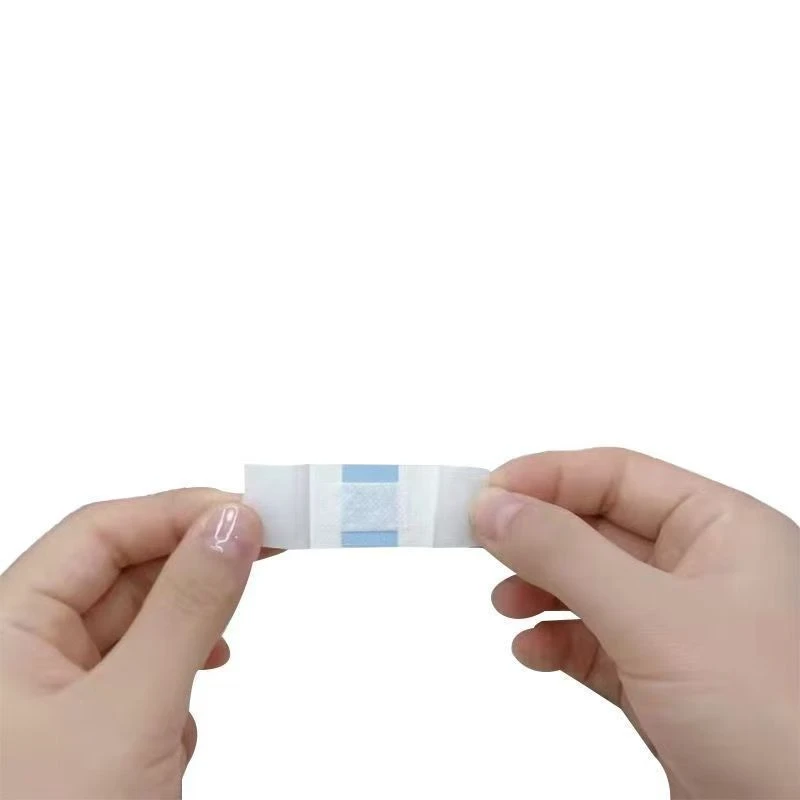The Rise of Disposable Juice Bottles A Convenient Choice for Modern Lifestyles
In today's fast-paced world, convenience often takes precedence in our everyday choices. One of the most noticeable trends reflecting this shift is the popularity of disposable juice bottles. These single-use containers have become staples in supermarkets, juice bars, and convenience stores, offering consumers an easy way to enjoy their favorite beverages without the complexities of traditional packaging. This article will explore the appeal of disposable juice bottles, their environmental impact, and potential alternatives.
The Allure of Convenience
The primary advantage of disposable juice bottles is convenience. For busy individuals and families, the ability to grab a nutritious drink on the go cannot be overstated. Whether it's a quick breakfast, post-workout refreshment, or a simple snack, single-use bottles offer a practical solution. Unlike traditional glass or reusable plastic containers that require cleaning and refilling, disposable bottles can be discarded after use, freeing up time for other important tasks.
Moreover, these bottles are often designed with portability in mind. Many disposable juice bottles fit comfortably in cup holders, lunch bags, and purses, making it easy to enjoy fresh juice anytime, anywhere. This accessibility encourages healthier choices, as individuals are more likely to opt for a juice over less nutritious snacks or sodas when they have healthy options readily available.
The Environmental Impact
Despite their convenience, disposable juice bottles raise significant environmental concerns. Most of these bottles are made from PET (polyethylene terephthalate), which is recyclable but often ends up inlandfills due to poor recycling habits. According to the Environmental Protection Agency (EPA), only about 30% of plastic is recycled in the United States. The production and disposal of these bottles contribute to plastic pollution—a pressing global issue affecting wildlife and ecosystems.
disposable juice bottle

Many consumers are becoming increasingly aware of their environmental footprint and are seeking alternative options. Some juice companies have started adopting sustainable practices, such as using biodegradable materials or encouraging consumers to return bottles for reuse. However, these solutions have yet to become widespread, and the overwhelming majority of disposable juice bottles still contribute to environmental degradation.
Exploring Alternatives
As awareness of the environmental issues surrounding disposable juice bottles grows, more eco-friendly alternatives are emerging. Reusable juice containers made from materials like stainless steel, glass, and BPA-free plastic are gaining popularity. These options offer durability and are often designed with insulating features that keep drinks cold for longer periods. Consumers are encouraged to invest in reusable bottles that can hold their favorite juices, reducing the need for single-use options.
Furthermore, many juice brands are beginning to adopt sustainable packaging solutions. For instance, some companies have introduced juice in cartons made from renewable materials, which are often easier to recycle than plastic bottles. Others are experimenting with innovative packaging, such as edible containers or concentrated juice pouches, which aim to minimize waste while still offering convenience.
Conclusion
While disposable juice bottles undeniably offer convenience in our increasingly busy lives, it is essential to recognize their environmental impact and explore alternatives. As consumers, we have the power to make informed choices that support sustainability and reduce plastic waste. By considering reusable options and supporting brands that prioritize eco-friendly practices, we can savor our favorite juices while contributing positively to the planet. As we navigate the balance between convenience and sustainability, it’s crucial to remember that every small action counts toward a larger change. Together, we can advocate for a healthier future for both ourselves and the environment.



